Sigyeongjeong Pavilion (담양 식영정)
14.2 Km 6514 2020-03-23
Jigok-ri, Damyang-gun, Jeollanam-do
+82-61-380-2811
Designated as the top monument of Jeollanam-do, Sigyeongjeong Pavilion means a place where even the shadow of the moon can find a place to rest. As its name suggests, this pavilion is set in a lush and remote forested area. Countless number of scholars and writers have been attracted to this pavilion as a place of profound inspiration. The pavilion gained more fame from the legendary lyrics of Seongsanbyeolgok written by the poet Jeong Cheol. The elegant words of Kim Seongwon, a literary scholar, depict the scenic beauty of Seongsan Mountain as the seasons change.
Of all the pavilions situated at the basin of the Yeongsangang River the Sigyeongjeong Pavilion is said to be blessed with a breathtaking view from the side. The current building was restored in the early 1900s. At the Sigyeongjeong Pavilion there is the Buyongdang, a monument with the lyrics to the Seongsanbyeolgok Poem, and next to it an old library building called Jangseogak built to preserve the wooden blocks of Songgangjib, a book of poetry written by Jeong Cheol.
Café Limm (카페 림)
14.2 Km 0 2024-02-19
192 Songgangjeong-ro, Bongsan-myeon, Damyang-gun, Jeollanam-do
Café Limm is a beautiful café nestled in the backdrop of lush bamboo forests in Damyang. With bamboo trees both inside and outside the café, it feels like stepping into a bamboo forest. Their signature menu item is the shakecoco (coconut milk espresso shake), made with shaken espresso and coconut milk. Visitors can also capture picturesque moments in this café that resembles a scene from an oriental painting.
Hwanbyeokdang Pavilion (환벽당)
14.3 Km 35594 2023-01-25
10, Hwanbyeokdang-gil, Buk-gu, Gwangju
+82-62-510-1500
Hwanbyeokdang Pavilion was built by Yeongcheonja Sinjam and was also called Byeokgandang, which is recorded in Go Gyeong-myeong's Yuseoseongnok. The building has a hipped-and-gabled roof with three bays in the front space and two bays in the inside space. It is a modified form in which the two rooms in the middle are used as rooms, and the front and right sides are floors. Originally, it was a traditional pavilion, but it seems to have changed to its current form as it was expanded later. A tablet written by Uam Song Si-yeol hangs here, and the poems of Seokcheon Im Eok-ryeong and Jo Ja-i are on a signboard. There are two poems written by Jeong Cheol about Hwanbyeokdang Pavilion, which are published in Songgangsokjip and Gwangjumokji. Jeong Cheol's 4th-generation descendant Jeong Su-hwan bought it from Kim Yun-je's descendants, and Yeon Il-jeong's family is currently managing it.
Damyang Songgangjeong Pavilion (담양 송강정)
14.3 Km 14896 2021-05-14
232, Songgangjeong-ro, Damyang-gun, Jeollanam-do
+82-61-380-2811
Songgangjeong pavilion is located in Wongang-ri, Damyang-gun, Jeollanam-do. It was registered as Jeollanam-do Provincial Monument No. 1 on January 29, 1972.
Joseon dynasty poet Jeong Cheol (pen name, Songgang) composed his famed poem “Samiingok” from this pavilion. Next to it presently stands the Samingok memorial stone. The two structures at this site, Hwanbyeonkdang and Sigyeongjeong, are collectively referred to as
the “Relics of Jeong Songgang.”
Korea Gasa Literature Collection (한국가사문학관)
14.5 Km 13516 2021-09-07
877, Gasamunhak-ro, Damyang-gun, Jeollanam-do
+82-61-380-2701
The Gasa Literature Collection was completed in October 2000 and is located in Damyang, Jeollanam-do, an area which is famous for its fertile land and rich historical heritage. Apart from the main building, additional buildings include a souvenir shop, and traditional tea house. In the museum, historical literature such as “Myeonangjip” (a collection of Gasa poems by Song Sun) and “Songgangjip,” (a collection of Gasa poems by Jeong Cheol) are on display. There are 11,461 artifacts and literature on Gasa culture, 18 Gasa works, and 15,000 books about Gasa.
Manyeonsa Temple - Hwasun (만연사(화순))
14.6 Km 20049 2020-03-27
367, Jingak-ro, Hwasun-gun, Jeollanam-do
+82-61-374-2112
Manyeonsa Temple is known to have been built in 1208, the fourth year of King Heejong’s (r. 1204-1211) reign during the Goryeo dynasty.
It is said that Manyeonsa Temple was constructed by Great Monk Manyeon after he dreamt of 16 nahans, Buddha’s disciples, preparing to build a temple to preserve Buddha’s statue when taking a short nap during his journey back to Songwangsa Temple in Jogyesan Mountain from Wonhyosa Temple in Mudeungsan Mountain. When he awoke from his nap, he noticed that snow had completely covered his nearby surroundings except for the exact spot where he lied down, which remained so warm that snow had melted and steam was rising from the ground. He then settled in the area by building a dugout where he continued to practice asceticism and later built Manyeonsa Temple.
The temple was partially destroyed during the Korean War (1950) and restoration efforts were made in 1978.
Gwangju Pyeongchon Village (광주 평촌마을)
14.7 Km 2797 2019-11-26
15, Pyeongchon-gil, Buk-gu, Gwangju
+82-62-266-2287
Gwangju Pyeongchon Village, located north of Mudeungsan Mountain, is a cozy farming village made up of four villages Dongrim, Daman, Woosung, and Dangmoe. The village still has an excellence natural preservation, growing environmental-friendly rice in the fields and Punamcheon stream that runs through the middle of the village is home to fireflies and otters. The village also keeps the tradition of making pottery as the village was the place that made grayish-blue-powdered celadon during the Joseon dynasty. The village street corner offers visitors to Mudeungsan Mountain a place to rest with Mudol-gil shelter and Bandi lodging.
Mudeungsan Mountain (무등산)
14.8 Km 19971 2018-01-30
Nam-myeon, Damyang-gun & Dong-gu & Buk-gu, Gwangju & Iseo-myeon, Hwasun-gun, Jeollanam-do
82-61-379-3503
Mudeungsan covers an area of about 30 square meters above the metropolitan city of Gwangju, Hwasun-gun and the nearby Damyang-gun. The name means ‘a high mountain’ or, more mysteriously, a mountain beyond classification’.
Mudeungsan Mountain (무등산) is not too steep and many people come for a hike on the weekends or public holidays. Highlights on the way include the Seoseokdae, Ipseokdae, Seinbong and Gyubong Rocks, Wonhyo and Yongchu Valleys – as well as Jigong Neodeol (cluster of rocks) – and the Deoksan Neodeol. To enjoy a great view, try going up Jungmeorijae, Jangbuljae or the Donghwasa Temple Site, or the Jangwonbong Peak. Visitors coming from the Hwasun side of the mountain can see the picturesque Dongbokho Lake from Ipseokdae and Gyubong Rock, Jingong Neodeol, Jangbul, Baekma ridge and Gyubongam temple.
Soswaewon Garden (담양 소쇄원)
15.0 Km 39298 2023-01-04
17, Soswaewon-gil, Damyang-gun, Jeollanam-do
+82-61-381-0115
Soswaewon Garden is a private garden from the Joseon period where Korea's traditional beauty is preserved. It was built by Yang San-Bo (1503-1557) after he gave up his success when his mentor Jo Gwang-Jo (1482-1519) was killed during political strife. Soswaewon Garden presents itself as a clean and transparent garden where the righteous enjoy the life of anbinnakdo (being comfortable amid poverty and taking pleasure in an honest lifestyle) surrounded by a bamboo grove.
Including peach trees, various kinds of trees and grass are planted on both sides of the stream while clear water flows down the foot of the garden walls. The log bridge above the valley adds to the charm of the scenery. The harmony between nature and the artificial waterfall is a sight to behold. Soswaewon Garden is 150 meters away from the main road. Passing through the thick bamboo forest, you will find the small valley and Soswaewon Garden on your left.
Myeongokheon Garden (담양 명옥헌 원림)
15.0 Km 10009 2019-08-20
103, Husan-gil, Damyang-gun, Jeollanam-do
+82-61-380-3752
Located in the eco-village of Husan-ri, Myeongokheon Garden was the garden of Oh Hui-do (1583-1623) of the Joseon dynasty and served as a simple, countryside sanctuary where the scholar read and wrote many books. Main features of the garden are the Myeongokheon Pavilion, where the scholar held lectures, and the square-shaped pond in front of the pavilion that is surrounded with graceful flowering trees. The flowering trees around the pond include red pines and crape myrtles. On the right side of Myeongokheon Garden you’ll see a 300 year-old ginkgo tree, which is where King Injo (1623-1649) of the Joseon dynasty tied his horse when he went to visit Oh Hui-do.
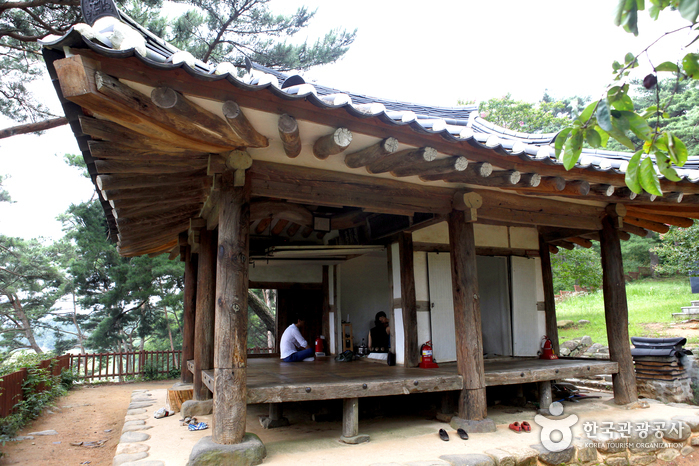
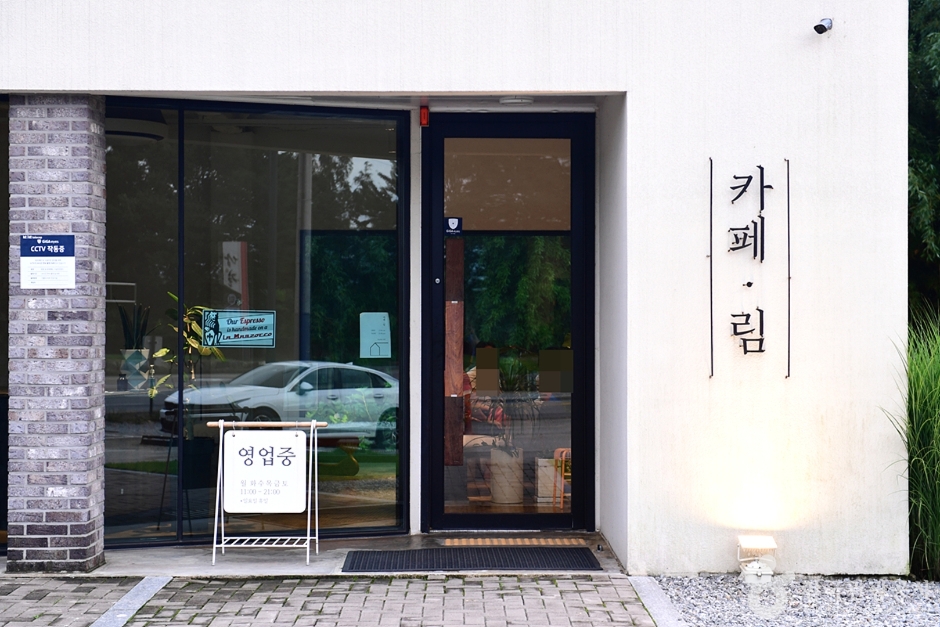

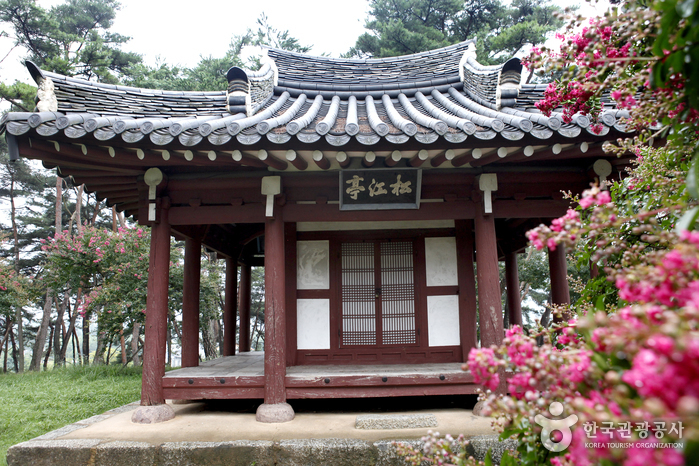
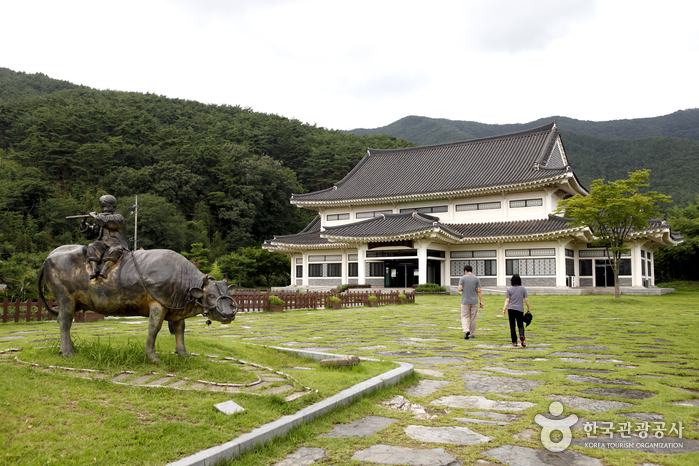
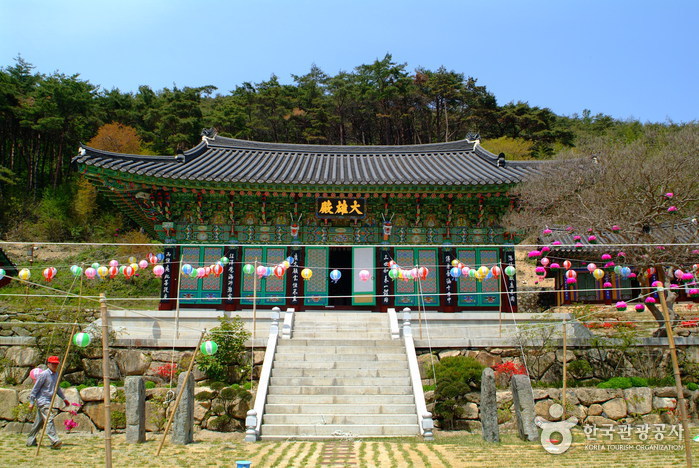
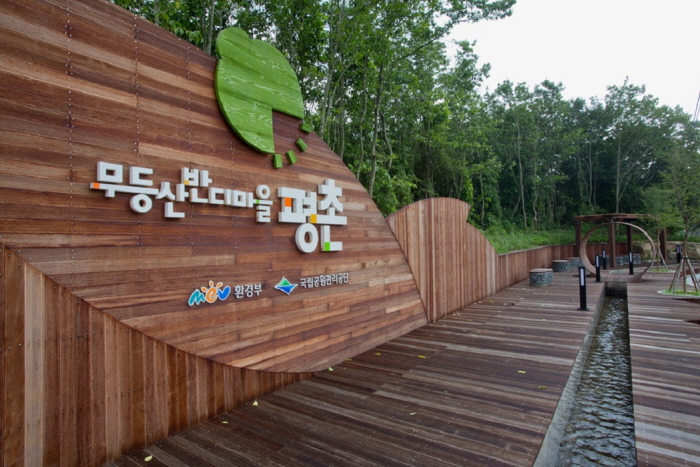
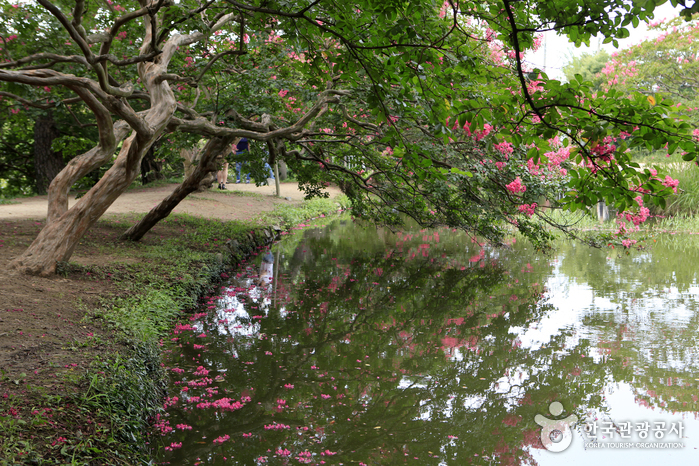
 English
English
 한국어
한국어 日本語
日本語 中文(简体)
中文(简体) Deutsch
Deutsch Français
Français Español
Español Русский
Русский